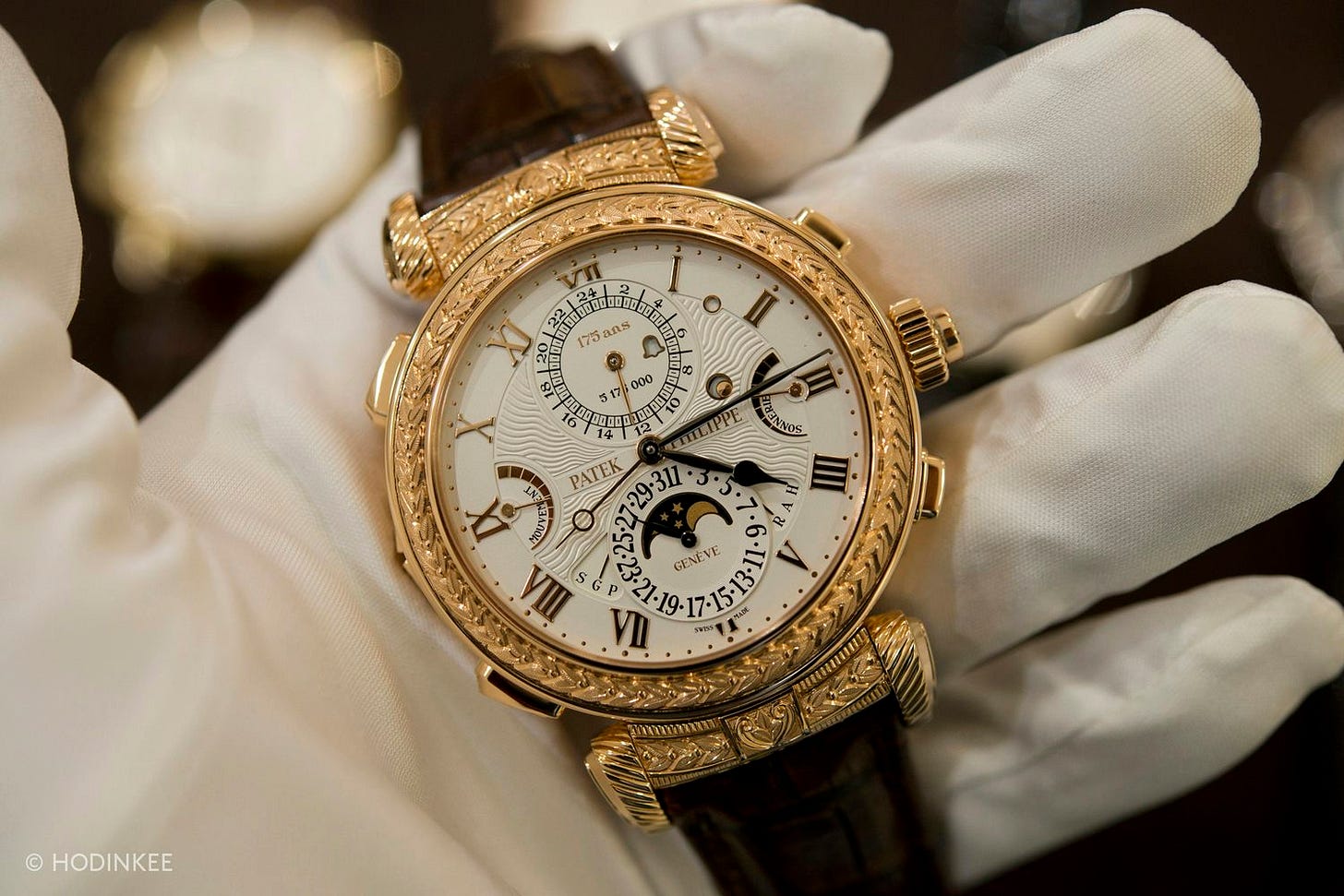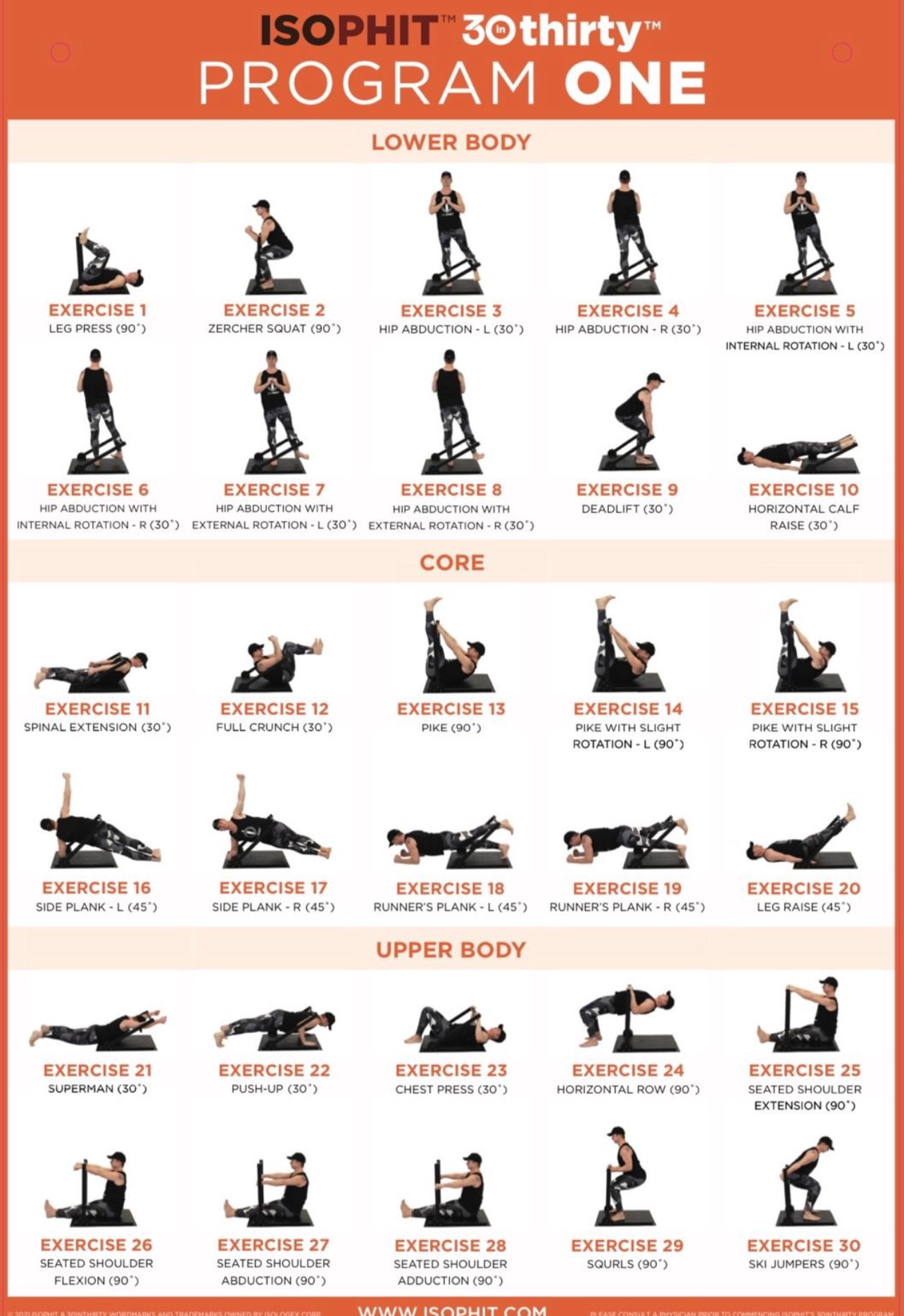Inside the Patek Philippe Grandmaster Chime—one of the most complex and valuable timepieces ever created—over 1,300 precision-engineered components work in perfect harmony. Gears, springs, hammers, and levers—all designed to execute split-second changes with flawless timing. Every movement is orchestrated. Every action is synchronized. If even one element fails to engage at the right moment, the entire system loses accuracy.
Sprinting is no different.
Your body is the watch. Each joint is a gear. Every change of direction is a recalibration. And the precision timing required to redirect force through the body occurs not dynamically—but isometrically.
If every joint is a gear, why is nobody talking about upper body isometric strength training for sprinters?
When we think of sprinting, we default to the lower body: glutes, hamstrings, calves. But what’s often forgotten—or never understood—is the massive role the upper body plays in stabilizing and synchronizing movement at high speed. The arms don’t just swing; they steer. The spine doesn’t just support; it synchronizes. The cervical spine, scapulae, and ribcage become structural hubs for force redirection, balance, and rhythm.
Every time a limb moves forward and must reverse direction, velocity must drop to zero before accelerating again—this is a change of direction event, and it happens at every joint, every step. These moments are governed by isometric force production. It’s in those fractions of a second that speed is preserved—or lost.
The posterior deltoids and scapular retractors must fire isometrically to decelerate the arm and prepare for the next strike. The deep spinal and neck stabilizers must resist torque and oscillation from every stride. Without isometric strength in these areas, postural collapse, energy leaks, and injury risk skyrocket.
And let’s clarify a major misunderstanding: Power = Force × Velocity. Not velocity × velocity.
Did you realize most traditional training—like 3-rep max lifting—is slow velocity combined with submaximal loading? That’s a suboptimal formula for force development. You’re leaving output on the table. You’re reinforcing a gap, not closing it.
Chasing speed without building force—especially isometric force—is a flawed strategy. It’s like trying to build a luxury timepiece using only springs and hoping for precision without structure. You don’t get more power just by moving faster. You get it by generating more force and applying it at precisely the right time.
Isophit delivers that force. It allows sprinters to program joint-specific, high-intensity isometric strength training across the entire body—particularly in the upper body, where synchronization and control begin.
You wouldn’t trust a $31 million watch made without precision timing. So why would you train a sprinter without it?
It’s time the sprinting world took notice.
At Isophit, we help the world’s strongest, fastest, and most dominant athletes to win more, hurt less, and age stronger!
Join Team Isophit at www.isophit.com







